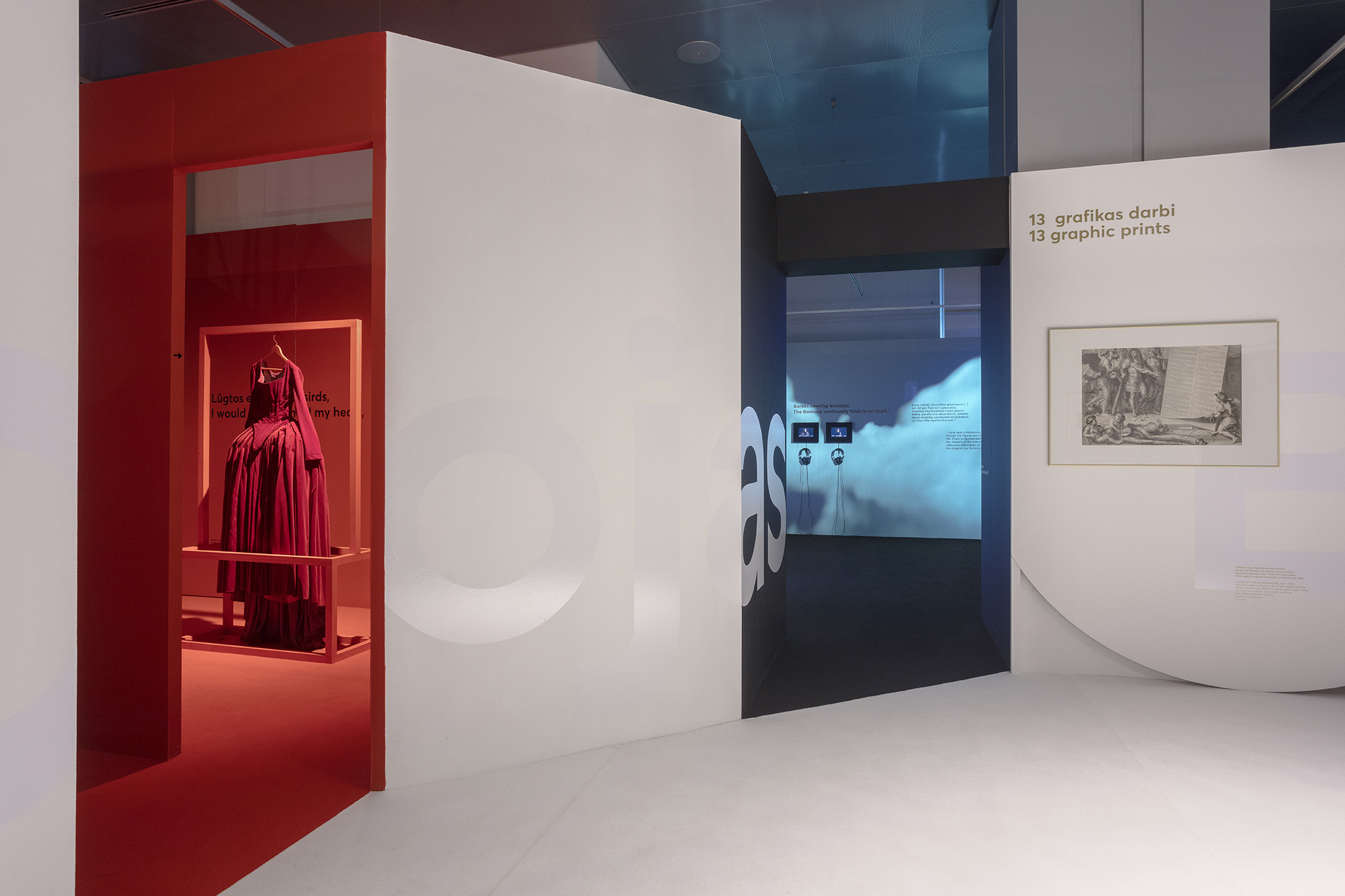
Mūsu zināšanas par baroku vienmēr paliks fragmentāras. Neviens vēl nav atgriezies no baroka laikmeta, lai liecinātu detaļās par to, kā patiešām bijis. Periodizācijas, denīciju un reģionālo variāciju neskaidrības baroka vēsturē stimulējušas vēlmi izstādē, 240 kvadrātmetros, 8 telpās, izprast baroku kā globālu 17.–18. gadsimta kultūras fenomenu, cik vien iespējams atsakoties no robežām, ieraugot aizmirsto, ieklausoties alternatīvās, veidojot savu versiju par to, kas ir baroks. Mēs spējam sadzirdēt baroka laikmeta trauksmes signālus un skumjas pēc drošības – globālie militārie konikti, reliģiskā neiecietība, sociālā spriedze, ilgstoša pandēmija, māņticība un bailes no racionālā – veido dīvainas, neregulāras formas tiltu starp 17.gadsimtu un mūsdienu globālo sabiedrību.
Our knowledge of the Baroque will always remain fragmented. No one has yet returned from the Baroque era to testify about the details of what it really was. Uncertainties in its periodisation, denition and regional variations in the history of the Baroque have stimulated a desire to understand the Baroque as a global cultural phenomenon of the 17th–18th centuries, disregarding borders as much as possible, catching sight of the forgotten, looking from unusual angles, listening to alternative views, creating one's own version of what the Baroque is, in the exhibition of 240 square metres in 8 rooms. We can distinguish the alarm bells and pleas for security of the Baroque era – global military conicts, religious intolerance, social tensions, a protracted pandemic, superstition and fear of the rational – that form a strange, irregularly constructed bridge between the 17th century and contemporary global society.